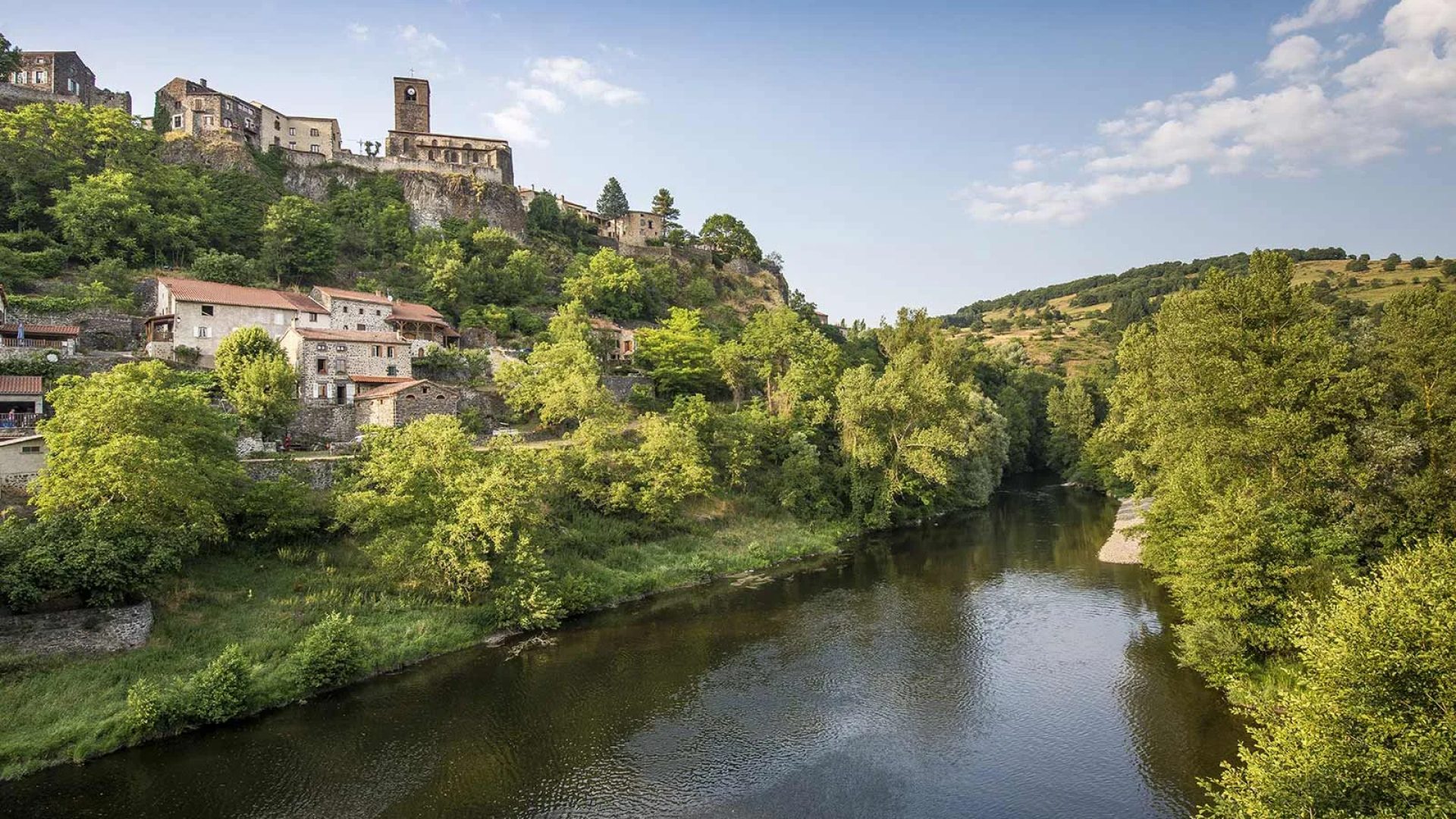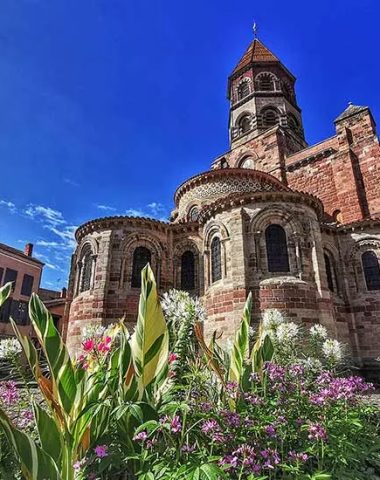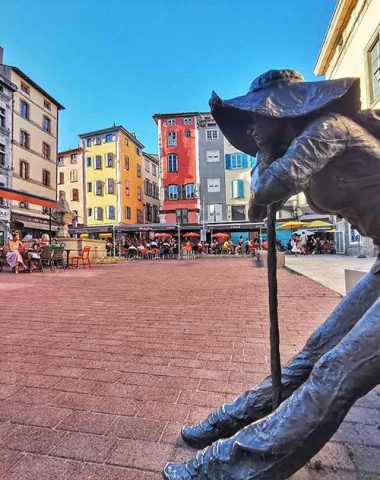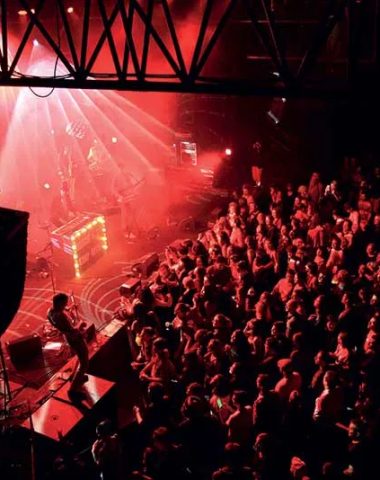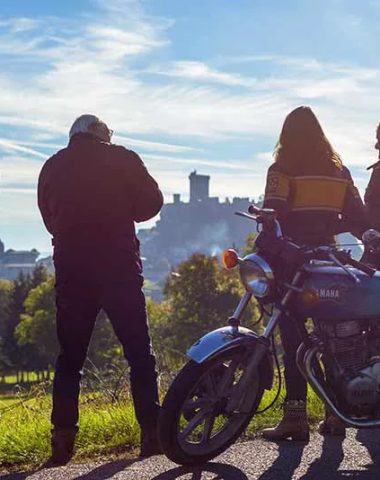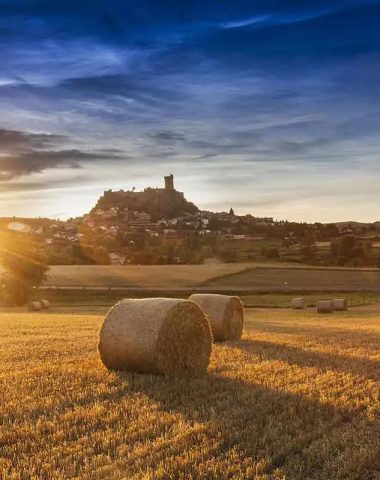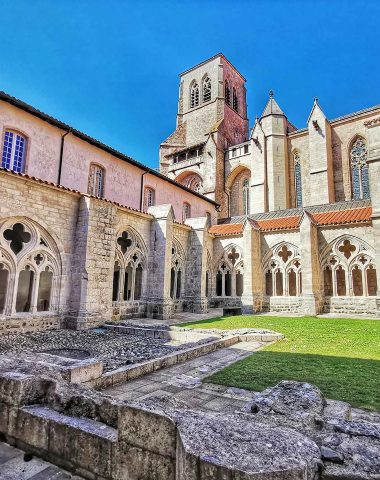Chilhac is an old town once surrounded by ramparts (from the XNUMXth century) which was built on the last lava flow of the Devès chain in Auvergne. Overlooking the Allier river, this village has nevertheless kept some of the witnesses of history, such as the Romanesque church, its towers and the entrance porches of the old castle. More surprisingly, it benefits from a Mediterranean microclimate which once allowed it to cultivate vines.
Chilhac is also renowned for its many basaltic columns, called "Organs", sculpted by its ancient and intense volcanic activity. As it cooled, the lava flows formed these imposing columns characteristic of this village in Haute-Loire.

